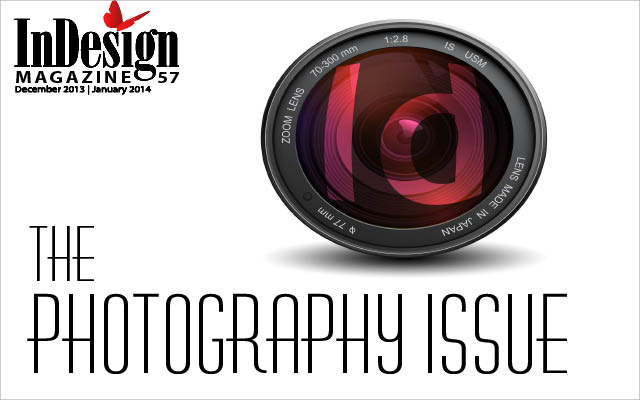The CreativePro Guide to Graphics File Formats
 This article originally appeared in Issue 57 of InDesign Magazine. It has been updated with new information and screenshots.
This article originally appeared in Issue 57 of InDesign Magazine. It has been updated with new information and screenshots.Some designers who grew up in the days before InDesign were taught to only use EPS or TIFF files. Others, who grew up in the days of the web and smartphone cameras, can’t imagine anything except JPEG or PNG. Is there a best file format to use for everything? Unfortunately, no. Instead, the “right choice” depends on the nature of the image, how you’re using it, and a host of other concerns.
Fortunately, choosing a file format to use is not rocket science, and we’re going to lay out some pros and cons of each format for you here.
. . . .This article is for members only. To continue reading, please sign in, or sign up for a membership today. Thanks for supporting CreativePro!
BECOME A MEMBER
CreativePro membership keeps you up-to-date with the technology, solutions, and resources to strengthen your professional development.
For just $6.50/month (billed annually), you’ll get access to valuable benefits, including:
- 12 monthly issues of CreativePro Magazine, filled with practical, real-world tutorials written by experts
- Downloadable resources including templates, fonts, scripts, design assets, cheat sheets, and more
- Hundreds of members-only tutorial and tip articles
- Top Tips for InDesign, Photoshop, and Illustrator ebook collection
- Discounts on events and books
- and more...




Don’t forget about the tons of clipart available everywhere in the Windows Metafile (WMF) format and the Enhanced Metafile (EMF) formats. I’m sure there are still some images lurking on the internet in the Computer Graphics Metafile (CGM) format — I know I have some from the ’80s in my files.
No one uses DCS?? Are you kidding? We do hundreds every year. I guess you don’t know anyone who prints 2- and 3-color jobs — but there are a lot of us. As far as I know DCS is still the only way to separate PMS spot colors in a photograph/PSD to be printed with spot color channels (like a duotone or tri-tone or creating a 4-color “look” with PMS colors or with parts of the photo toned and other parts bw). Is there another way to do that?
Bret: That’s amazing that you still use DCS! Yes there is another (I think better) way: The PSD file format supports spot color channels beautifully. I suggest simply saving as PSD, importing into InDesign, and printing color seps there (or exporting to PDF).
If I’m placing PSD files into InDesign, at what point do they get flattened? We export to PDF for print, is that the point of flattification?
If you export using PDF/X-1 or PDF/X-3 (anything that uses Acrobat 4 compatibility), then it does get flattened when you make the PDF. Otherwise, it will be flattened by Acrobat or the RIP later.
When I was fresh out of university, I recall having difficulties between EPS and EPSF and finding the joys of Distiller!
We won’t call it a “JIF” though, ״ג׳יף/ג׳יפה/جيفة״ (jeefa) in Hebrew/Arabic means, “filth/scum/decaying flesh”.
Steve, LOL! I never knew that about “jeefa.” OK, that’s another good reason to force myself to use the hard “g” instead of “j”